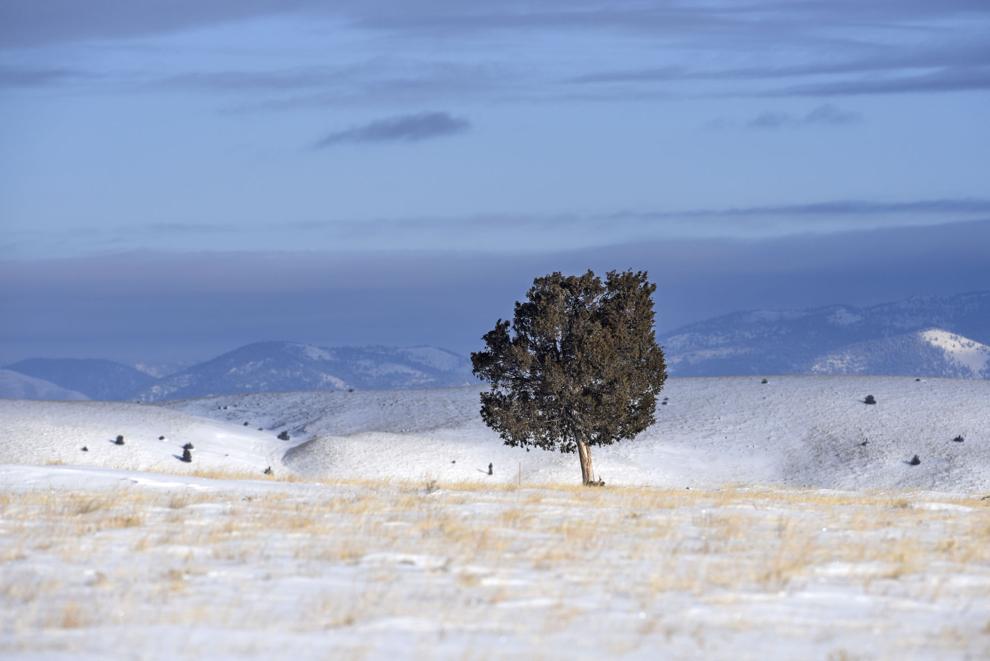Water study shows Canyon Ferry as potential source for Gallatin Valley
Author: Norah Shelley, Bozeman Chronicle Staff Writer
Water study shows Canyon Ferry as potential source for Gallatin Valley
Norah Shelley
Bozeman Chronicle Staff Writer
This article written by Norah Shelley was originally published by the Bozeman Chronicle on January 25, 2024. It is reprinted here courtesy of the Bozeman Chronicle.
There is a major impending gap in the amount of water needed to serve Bozeman, Belgrade and the surrounding Gallatin Valley as the area grows and water resources become more unstable.
One possible solution that’s on the table — albeit in very early stages of discussion — is a pipeline from Canyon Ferry Reservoir to the Gallatin Valley.
City commissioners discussed the idea at a meeting this week.
According to a study about regional water and wastewater infrastructure, long-range population projections show that as many as 450,000 people could reside in the areas in and around Bozeman and Belgrade by 2070.
The study — funded by Bozeman, Belgrade and Gallatin County — found that in 50 years, the cities might not have enough water to meet their needs.
The two cities have about 23,000 acre-feet of water rights between them currently, but in about 50 years, the two entities could need as much as 60,000 acre-feet of water — leaving a gap of about 40,000 acre-feet. Large quantities of water are measured by acre-feet, or how much water it would take to cover an acre of land in a foot of water.
Bozeman City Engineer Shawn Kohtz said during a city commission meeting this week that 1,000 acre-feet serves about 3,500 to 4,000 homes.
The gap for Bozeman specifically is projected to account for about 15,000 acre-feet of the 40,000 acre-feet total expected gap.
The study also looked at building a regional wastewater system along with a regional water system. Doing both could cost anywhere between $1.4 and $5.7 billion and require buy-in from regional partners, the state and federal governments — and would take years to build.
The city is nowhere close to deciding whether to build such a pipeline, Kohtz emphasized, but instead is working on a slew of shorter and intermediate-term solutions, like the water conservation plan passed in 2023, exploring groundwater resources and increasing water storage capacities.
But, the Gallatin Valley’s water resources are limited, Kohtz said during the commission meeting.
It is in a closed basin, meaning there are no additional surface water rights available to be obtained — the city can only acquire more by purchasing existing rights. It’s also at the “headwaters of the headwaters,” meaning there are no significant sources of water upstream of the Bozeman area.
Another big driver of the conversation is climate change, and the expected impacts of a warming climate on the area’s water supply. Warmer and drier winters mean less snow, and less snowmelt to feed the city’s water supplies in Hyalite Reservoir, Sourdough Canyon and Lyman Spring, officials said.
“Our water system is vulnerable, not because of the tensions on it, but because of climate and wildfire,” City Manager Jeff Mihelich said.
Kohtz emphasized the idea of building a pipeline from Canyon Ferry is very preliminary.
“If we’re going to take steps toward a project like this, we have to be thinking about it well in advance,” Kohtz said. “So that’s why we’re thinking about this now, because at the time we would get a project online, that’s when we would need the water.”
Canyon Ferry is looked to as a possible solution because the reservoir has about two million acre-feet of water storage available and 300,000 water feet of available surface water rights available for municipal use.
“When we think about where you could get a meaningful volume of water, (Canyon Ferry) is a long distance away, but it’s not out of line with other regional concepts that have been developed,” consultant Nate Weisenburger said during the city meeting.
Weisenburger also noted that a lot of water could be returned to Canyon Ferry through water reclamation efforts and wastewater discharge.
Loose concept plans include 60 miles of pipes between 54 to 72 inches in diameter pumping water, Weisenburger said.
The pipe would have to traverse some elevation before coming back down into the Gallatin Valley, Weisenburger said.
“We’re probably talking about a project that will take several years, if not decades,” Weisenburger said.
When it comes to wastewater, Kohtz said a regional system could result in less septic wells, which he said would have an environmental benefit.
During their meeting, Bozeman commissioners largely said it was too early in the process, with too many unknowns, to start a specific public engagement process about the pipeline idea, but that the city should continue exploring the idea with partners in the region.
Kohtz said a regional water authority would be needed to get a project like this off the ground.
But Belgrade City Manager Neil Cardwell said Thursday the city of Belgrade was not open to joining such an authority at this point.
Cardwell said they wouldn’t take supporting the idea of a pipeline completely off the table, but said they would look at it only as one possible solution as part of a more holistic approach for Belgrade’s water supplies.
Cardwell said they would want to continue to be involved in regional discussions on the topic though.
“It’s pretty premature for Belgrade to want to get behind an idea like this that hasn’t been fully fleshed out, when we believe that there is definitely a lot more ideas to continue to study and look into before we formulate what our strategy is for the next 10, 20, 50 years,” Cardwell said.
Article Images
Click on Image Thumbnail(s) to view fullsize image
PhotoCredit: Photo Credits: Rachel Leathe/Bozeman Chronicle
Image 1 Caption: A lone tree grows in a field near Canyon Ferry Lake in 2017
Photo Credits: Rachel Leathe/Bozeman Chronicle
